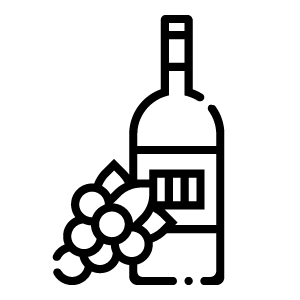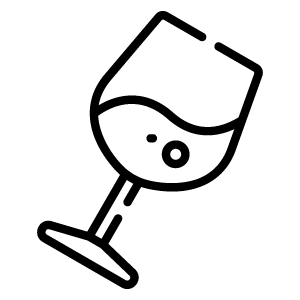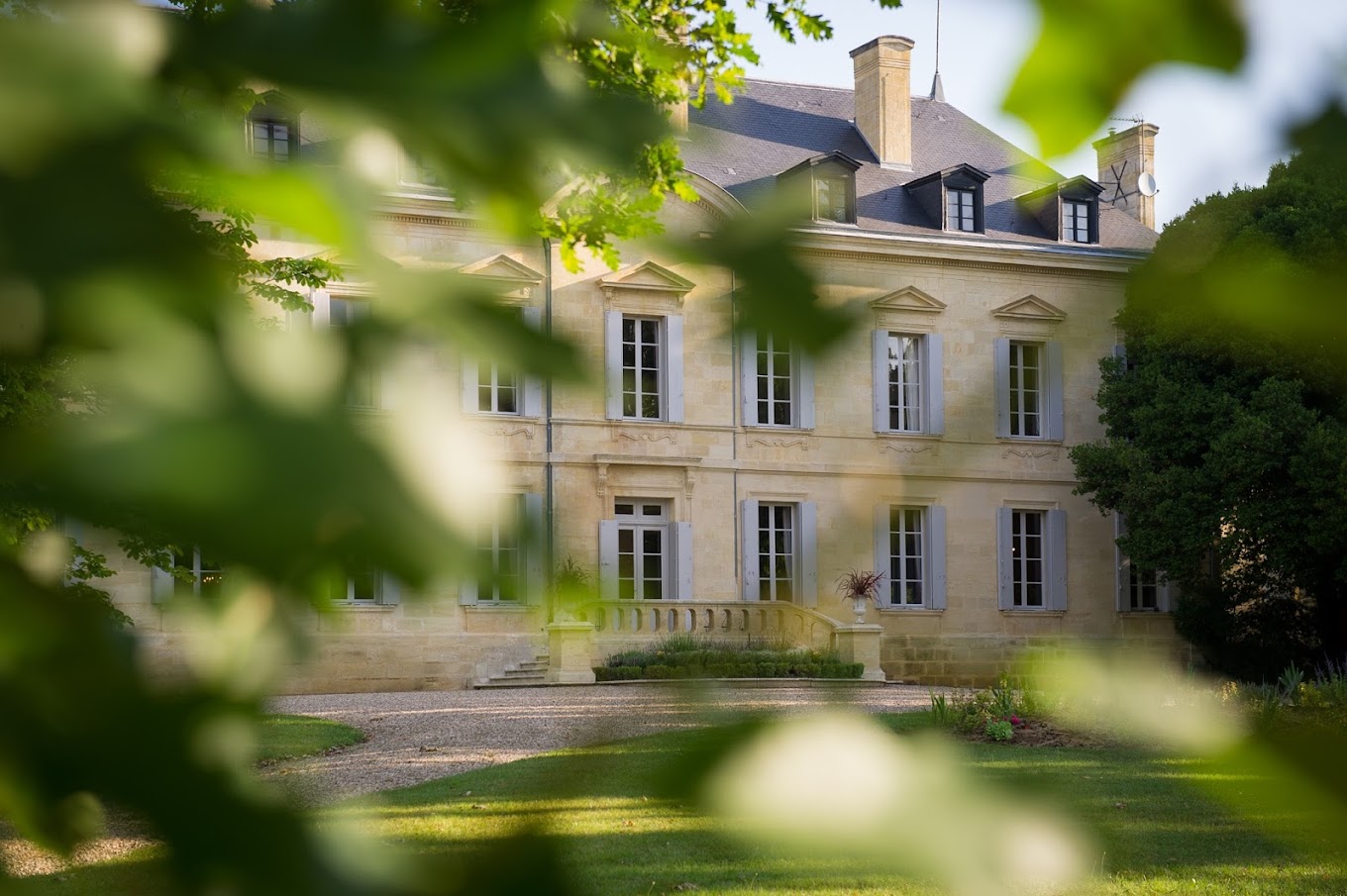Chateau Siaurac 2009 Nabuchodonosor 15 l Lalande de Pomerol
Code: VI90527



Related products
Product detailed description
Deep ruby colour. On the nose, the aromas are of medium intensity with vanilla, sandalwood, red cherry, red plum, blackcurrant leaf, cinnamon, clove and truffle oil. On the palate, the wine is dry with medium acidity, medium fine ripe tannins, high alcohol and medium body. The intensity of flavour is medium and surprisingly contains lots of fresh fruit - red and black cherries, red plums, along with toast, vanilla and cinnamon, blackcurrant leaf and truffle oil. The finish is medium-long and primarily plummy with earthy notes, pleasant.
This is a very good wine and particularly good value for money.
This wine comes in a 15 litre bottle called Nebuchadnezzar. It is the equivalent of 20 standard bottles. The Nabuchodonosor is ideal for a variety of larger celebrations. Nebuchadnezzar is the equivalent of 20 standard bottles. Nebuchadnezzar II was the most important king of Neo-Babylon and built the high walls around Babylon and the Hanging Gardens of Semiramid.
This wine is packaged in its original wooden box with the winery's logo.
Additional parameters
| Category: | Chateau Siaurac |
|---|---|
| EAN: | 3760234472345 |
| Category: | dry |
| Wine color: | red |
| Country: | France |
| Region: | Bordeaux |
| Winery: | Chateau Siaurac |
| Vintage: | 2009 |
| Alcohol (in %): | 14,5 |
| Volume (in l): | 15 |
Château Siaurac
Château Siaurac was founded in the early 17th century by Mr. Ciorac, after whom the château is named. In 1832, the property was acquired by Pierre Brisson, who later passed it on to his son Benjamin Brisson. Under Brisson's leadership, the château became the largest of its kind in the region.
The vines consist of 75% Merlot, 20% Cabernet Franc, and 5% Malbec. The wine ages in French oak barrels for 12 to 14 months, with 20% of the barrels being new.
Since 2014, Château Siaurac has gradually implemented organic and biodynamic farming methods, with official recognition granted in 2020. As of September 2020, the estate is owned by the Suravenir Insurance group









